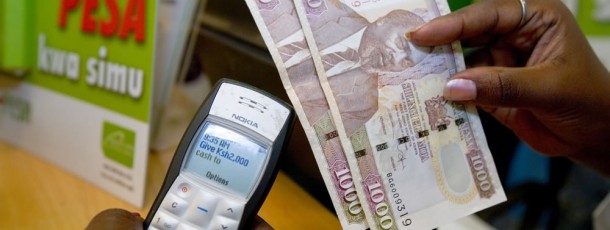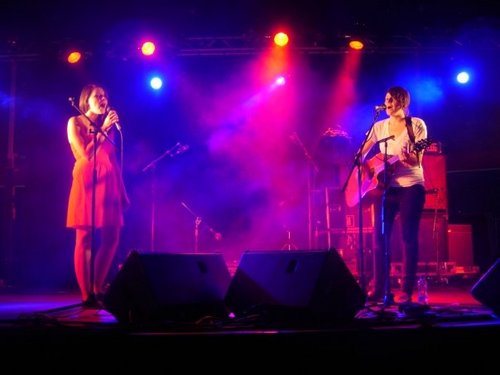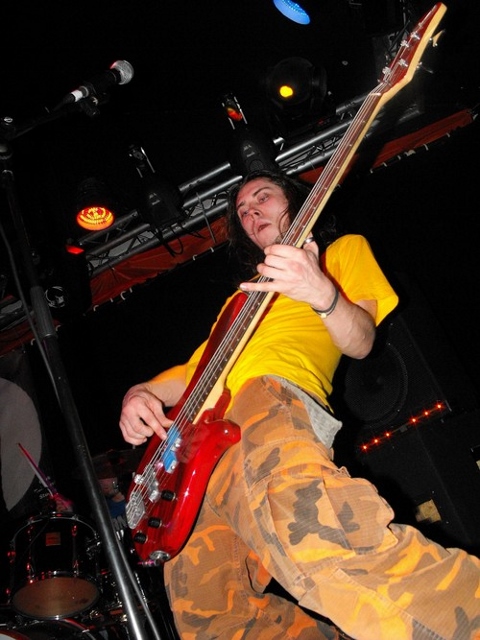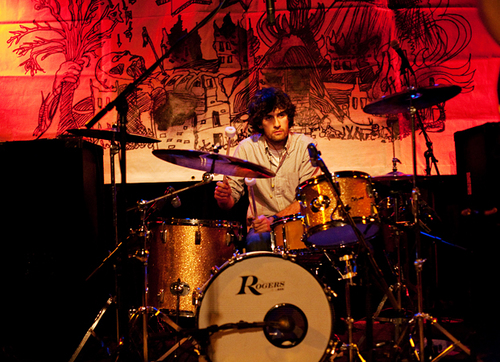Prototyped in Dublin – Open data project Dublinked
Interview with Deirdre Ni Rathallaigh The Studio Dublin City Council and Director of Dublinked ©Frank Hughes posted originally on Digitigm.com February 2012
The Capital as Prototyping Test Bed for scalable products and services
Dublinked.ie is the first regional open data platform in Ireland, recently launched by partners in the four Dublin Local Authorities and NUI Maynooth with technology provided by IBM.
Open access to government owned data is set to revolutionise how entrepreneurs convert raw data into valuable digital products and services.
Dublin’s unique physical, social and economic infrastructure and geography is a very attractive test bed for new products and services. It’s big enough to develop scalable products and services but small enough to get efficient feedback and meet with all relevant stakeholders.
Deirdre Ni Raghallaigh from Dublin City Council and Dublinked was interviewed about opportunities for Ireland to use its unique global network to develop scalable digital products and services tested in its capital.
2. Dublin as City region
Dublinked is a collaborative project which was initiated by the four Dublin local authorities and National University of Ireland Maynooth. IBM is providing the technical portal. Dublinked is about sharing data to encouraged economic development in the Dublin region. Dublinked was launched in October 2011 during Innovation month. Deirdre Ni Raghallaigh of the Studio, Dublin City Council answers our questions on Dublinked and the potential of Open Data for the Dublin region
What is Open Data and why should it be treated like a National Raw Material Asset as valuable as gold or diamonds?
Put simply Open Data is data that is published in open formats and can be easily reused by others. Open Data was originally used to describe government information that is collected at public expense and is made available to further transparency and open government. More recently data has been made available as raw material for research and commercial development in order to drive economic development and innovation. In essence it can be a form of recycling where information gathered to one purpose can be used in conjunction with data from other sources to provide new products and services. Open Data has been used to develop a number of mobile apps for example journey planner or to map usage of resources like water. Some private bodies have also released their data openly and recently there has been a movement towards shared private sector data among certain sectors for example in the pharmaceutical and cotton production industries.
3. Potential of Open Data
4. Use of layered data to map water consumption (IBM Research)
What are the key objectives of Dublinked and deadlines?
We have launched the site with the initial release of over one hundred and forty datasets. We are now working with members and other interested parties to see how we can better meet their needs. Initial feedback includes demand for additional data, different formats or access to internal mapping. . There is a demand for live and streamed data but there are complexities in this area which we will need to resolve. Dublinked is about more than data provision. We intend to create networks of people interested in the same topics to facilitate the sharing of ideas and research. Other public bodies have recently approached us about using Dublinked to share their data. We have uploaded information provided by the National Transportation Authority Our objective is that Dublinked would become the repository for all data on Dublin. This would facilitate all users using one location.
How will it achieve these objectives?
Creating communities of interested people who will give us honest feedback is our priority at present. We are running two thematic workshops before Christmas, one on planning data and the other one looking at the technical issues we need to resolve to make the data we provide more useful. We are also receiving a number of enquiries and suggestions for improvements online. In 2012 we will be concentrating on broadening the topics covered by Dublinked and growing the number of organisations willing to share their data. Keep an eye on Dublinked.ie for further information
5. Dublinked Planning Workshop Dec 8th 2012 (mypp.ie presentation)
Where does Dublinked and Open Data sit within the National Digital Strategy? Who in government is championing the Digital Agenda to leverage this National Asset?
Ireland does not yet have a national digital strategy. However there are agencies such as Enterprise Ireland who are working towards developing the first Irish Government policy on Open Data. The Department for Public Sector Reform has also outlined a commitment to publish open data. These are very positive signs. New initiatives like Decisionmap.ie are also providing new mapping and visualisation services for demographic and spatial data. Dublin’s local authorities are actively pursuing the Open Data agenda in Ireland. Fingal County Council led the way with the Fingal Open Data Hub and now Dublinked is providing the first regional platform.
6. Decisionmap.ie and showing locational and quantum data from Census on 3rd level doctorate students
How does your own background, interests and training affect your approach to data in general and the new opportunities presented by Open Data for the country?
My previous roles as a business librarian, press officer and communication manager were all about connecting people to the information they needed. While the technologies and the focus on open data are new the basic goal is the same. Currently I work in the Studio which is an innovation unit operating in Dublin City Council. Our role is to look at how Dublin City Council can facilitate innovation within the organisation and across the city. The Dublinked project offers the opportunity to do both. It allows the local authorities to engage with app developers, designers, IT professionals and researchers to investigate new possibilities for the region.
7. Layering of datasets to develop valuable linked information (Feedback board from Dublinked workshop)
How is Dublinked differed from other Open Data Models you mentioned earlier?
Dublinked is a mixed model in that 80% of the information is open and available to all but it also has a research zone that contains information that is restricted to members because of licensing, format or other issues. Some data providers want to test the waters with some of their more problematic data. This research zone and the regular member activities of Dublinked members will we hope creates a community where people from different perspective are encouraged to come together and collaborate as part of a regional innovation network.
8. Diagram showing the relationships between the stakeholders to Open Data in Dublinked Model
The value of the exploitation of Public Service data within the EU has been estimated at €40 billion per annum . How big is the market Share Ireland can reasonably expect of this and who is best placed to exploit the data here?
It is true that Ireland’s market share in the open data market is small by international standards, neither are we first movers in Open Data like the US or UK. There are a number of conditions that could place Ireland well to tap into this wider market, if we can leverage them. One of the main objectives of Dublinked is to promote the Dublin region as a place to test and prototype products and services that are developed using open data and which can then be scaled up to other cities and brought the international market. We are fortunate in having world class researchers in our universities and in our multinational and proven innovation ability in our design and SME sectors. The challenge is to bring these assets together.
9. Crowd sourced real time data – derelict buildings over shops ( scenario)
Dublin is big enough to have sufficient complexity to provide a good testbed environment but also has an advantage in being small enough to collaborate regionally. So we want to get all the relevant players on board to build this “Prototype in Dublin” capability.
Other countries and cities have Open Data policies in place and projects up and running. Which are the ones we in Ireland can learn most from to get up to speed quickly?
We can obviously learn a lot from the success of London data store; a regional open data portal, which is run by an Irishwoman, Eimear Coleman. I think Amsterdam has also been very successful in promoting itself consistently as an open innovation city through the Am’smart’erdam branding, which is followed through in their open data.
10. Mapped Cycling Accidents within a City zone ( scenario)
In each country where Public Sector Open Data has been successfully exploited, similar excuses have delayed exploitation initially – loss of licensing revenue, Privacy, loss of control, national security, different formats, to name but a few. Given that the Dublinked is designed to exploit a recently discovered National Asset in our hourof greatest need, how will these obstacles be overcome quickly?
We have encountered many of those reasons for data ‘hugging’ when we were identifying datasets for Dublinked. In many cases people just didn’t understand why any one else would be interested in their data or fear that it will be misinterpreted. Hopefully now that the site is launched it will help us build an understanding as to what open data is and open eyes to the different ways that people can use this data in new and interesting ways. Also important is the use social media in building awareness among, people who ‘get it’ and can leverage political support and lobby other data providers. We are working organisations such as the National Digital Research Centre and Science Gallery Ireland to build awareness of possibilities.
11. Integrated transportation scenarios (scenario)
12. Wifi modelling of coverage within City Block for certain applications (scenario)
Given the strong national presence of multinational companies such as IBM, Intel, Apple, Google, Microsoft, and DERI and Ireland’s particular ecosystem and diaspora, what will it take for Dublin and Ireland to lead the world in Open Data?
13. Internet usage globally
Dublin is developing a cluster of research expertise across sector, so we are well positioned to capitalise on the drive towards more applied research, provided we all walk the talk. We also need to identify funding streams including European Framework funds and to set up a framework for regional collaboration so we can benefit from the international experience and networks available to us. We are too small to be all working independently reinventing the wheel.
How would you sell the open and shared data concept to other public bodies?
Open Data is an opportunity for those of us in public bodies to view our data in a new light. It also allows us to share our data within organisations and with other public bodies. It is an opportunity to share and source information in new ways. Also it allows us to work with those who are genuinely fascinated by the information, data and mapping that we possess and have multiple suggestions on how we could improve the way we do it. There is effort involved but we as public bodies have a lot to gain by becoming involved. The EU Commission are currently preparing an Open Data Strategy for Europe which will further open up the market for services based on public-sector information.
14. Entrance to Library Pentagram
Web LINKS
http://www.ndrc.ie/videos/digital-innovation-inventorium-open-data-18-hour-challenge/
Datastore London
Open gov London ideas
Silicon republic
http://www.siliconrepublic.com/comms/item/24954-eu-open-data-strategy-could/
OSI
Twelve Horses
CSO
http://www.cso.ie/en/index.html
Amsterdam
http://www.guardian.co.uk/sustainable-business/amsterdam-smart-cities-work
http://www.amsterdamsmartcity.com/#/en
San Francisco and US
Road map to the digital city
http://www.nyc.gov/html/media/media/PDF/90dayreport.pdf
Crowdsourced open data – Ushahidi
http://en.wikipedia.org/wiki/Ushahidi
ESRI
http://esriireland.wordpress.com/
LINKED OPEN DATA CLOUD
http://richard.cyganiak.de/2007/10/lod/
NEED FOR NATIONAL DIGITAL STRATEGY FOR IRELAND
http://www.digitigm.com/2010/10/case-for-national-digital-strategy.html
IMAGE CREDITS
Brand Proposal and composite images
//prototypedindublin www.FRANKArchitecture.ie
Composite images 1/ 9/10/11/12 www.FRANKArchitecture.ie
Individual images
1. Matrix backdrop- www.videohive.net
1. Dublin Map – ESRI
2. Dublin pin map – www.visualphotos.com
3.Layering of open data – www.cemast.illinoisstate.edu
4. Layered data research on water consumption – www.ibm.com
5. Dublinked Planning Workshop – www.dublinked.ie
6. Extract from decisionmap.ie- www.decisionmap.ie
7. Dublinked workshop www.dublinked.ie
8.Stakeholder relationship diagram – www.dublinked.ie
9.Wifidata and Dublin Map scenario – http://en.wikipedia.org/wiki/Ushahidi and ESRI Ireland , New Delhi project http://www.holcimfoundation.org/Portals/1/docs/A11/APAC/posters/A11APacINdelhi.pdf
10.Bicyclist – www.gudphoto.com – Map http://yawningbread.wordpress.com/2011/10/23/beyond-freedom-of-information-lies-open-data/
11. Real time trains www.traintimes.org.uk – Integrated Dublin transport – NRA – Metro North
12. Wifi Coverage – www.torrens@geosimulation.com logo
13. Internet usage www.culturalknowledge.org
14.Pentagram – Entrance to Library- Paula Scher http://pentagram.com/en/new/paula-scher/index.php?page=3
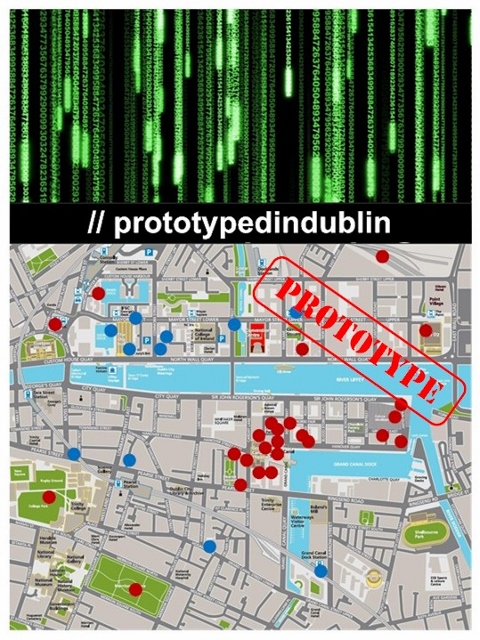
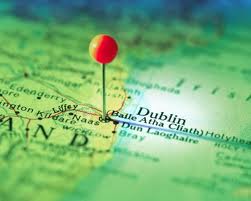
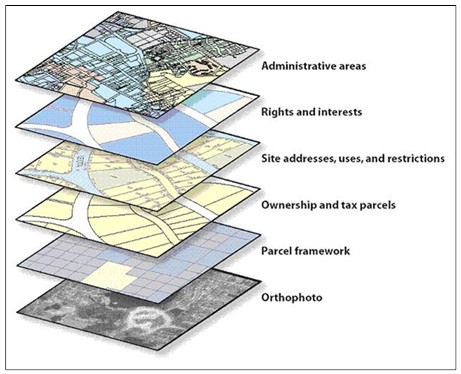


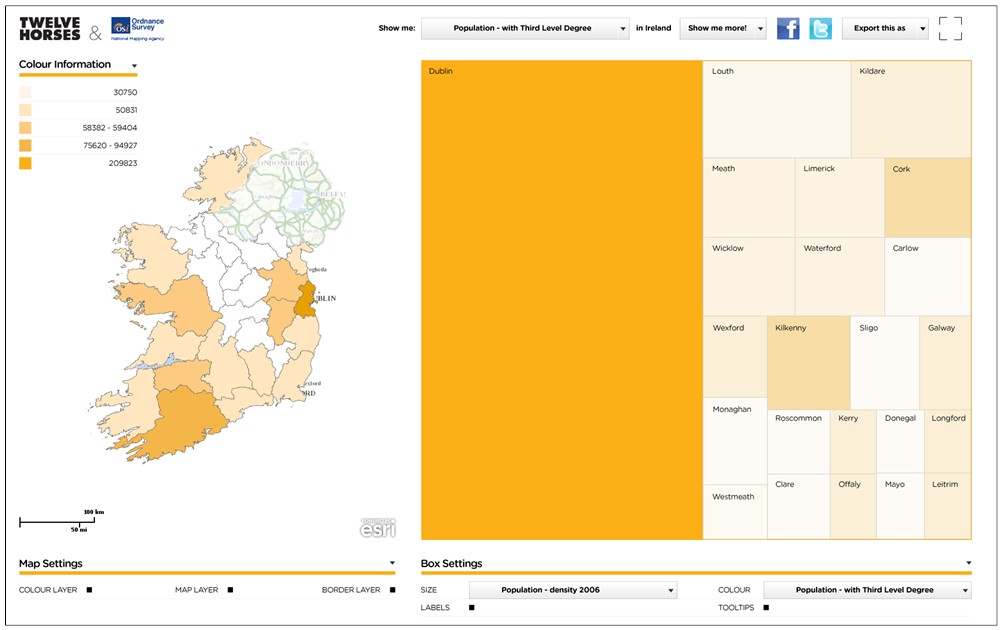

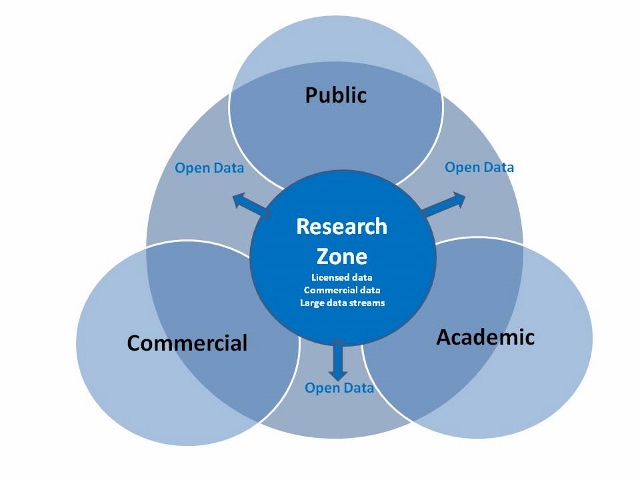
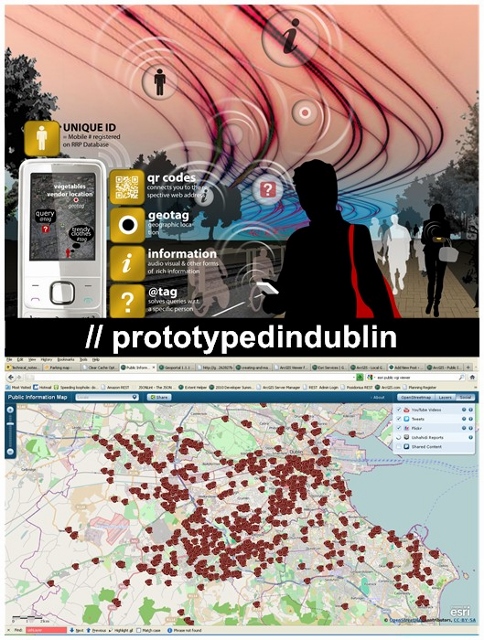
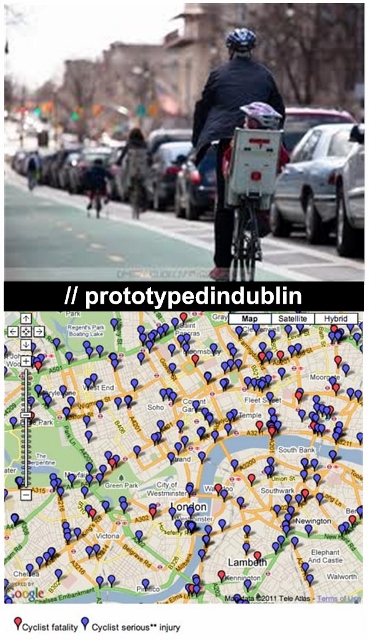

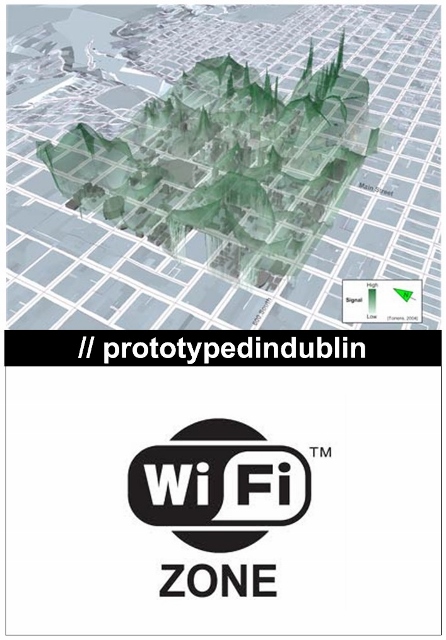
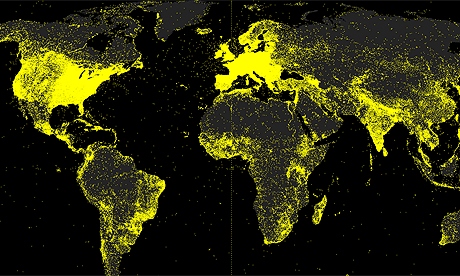
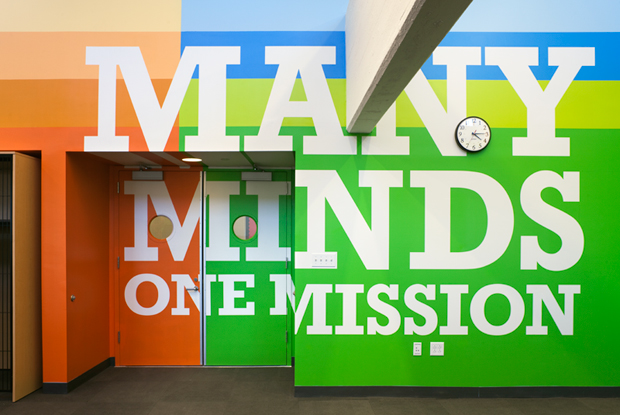
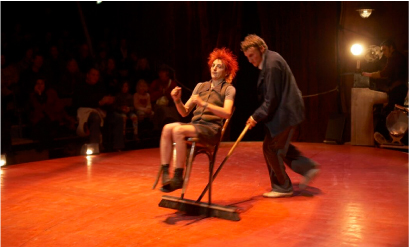

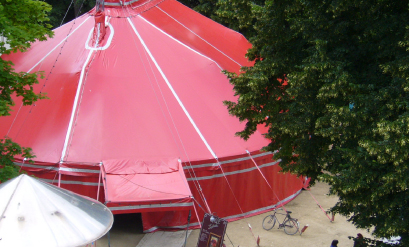

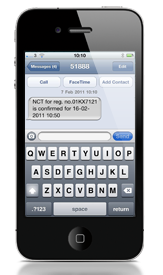 I’m the founder of Púca. Before that I was involved in web development: I set up the Irish web design company Webfactory in 1994, which I think was the first dedicated web development company in Ireland. Before that I worked in the music industry, at EMI records in London. I’m driven by trying to do things that are original and a bit ahead of the curve. I like to be working with something that’s on the cutting edge but it can also be a good business strategy to be positioned early on in a sector that is going to grow. I think its also important if you’re operating out of a small country and a small market like Ireland that you look outwards and create something that can be sold internationally. I think what probably inspired me originally was seeing how people like U2 and their management organization have been able to build a successful international business based out of Ireland built upon innovation and creative talent. There have been many other similar accomplishments in areas like film, dance and theatre so I think those of us working in other industries in Ireland, be it the technology sector or whatever, should be inspired by those people working successfully in the arts and try and emulate them in our own fields.
I’m the founder of Púca. Before that I was involved in web development: I set up the Irish web design company Webfactory in 1994, which I think was the first dedicated web development company in Ireland. Before that I worked in the music industry, at EMI records in London. I’m driven by trying to do things that are original and a bit ahead of the curve. I like to be working with something that’s on the cutting edge but it can also be a good business strategy to be positioned early on in a sector that is going to grow. I think its also important if you’re operating out of a small country and a small market like Ireland that you look outwards and create something that can be sold internationally. I think what probably inspired me originally was seeing how people like U2 and their management organization have been able to build a successful international business based out of Ireland built upon innovation and creative talent. There have been many other similar accomplishments in areas like film, dance and theatre so I think those of us working in other industries in Ireland, be it the technology sector or whatever, should be inspired by those people working successfully in the arts and try and emulate them in our own fields.